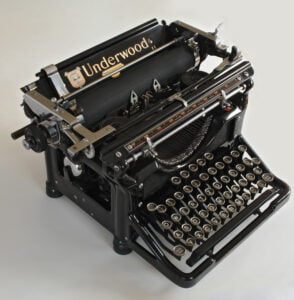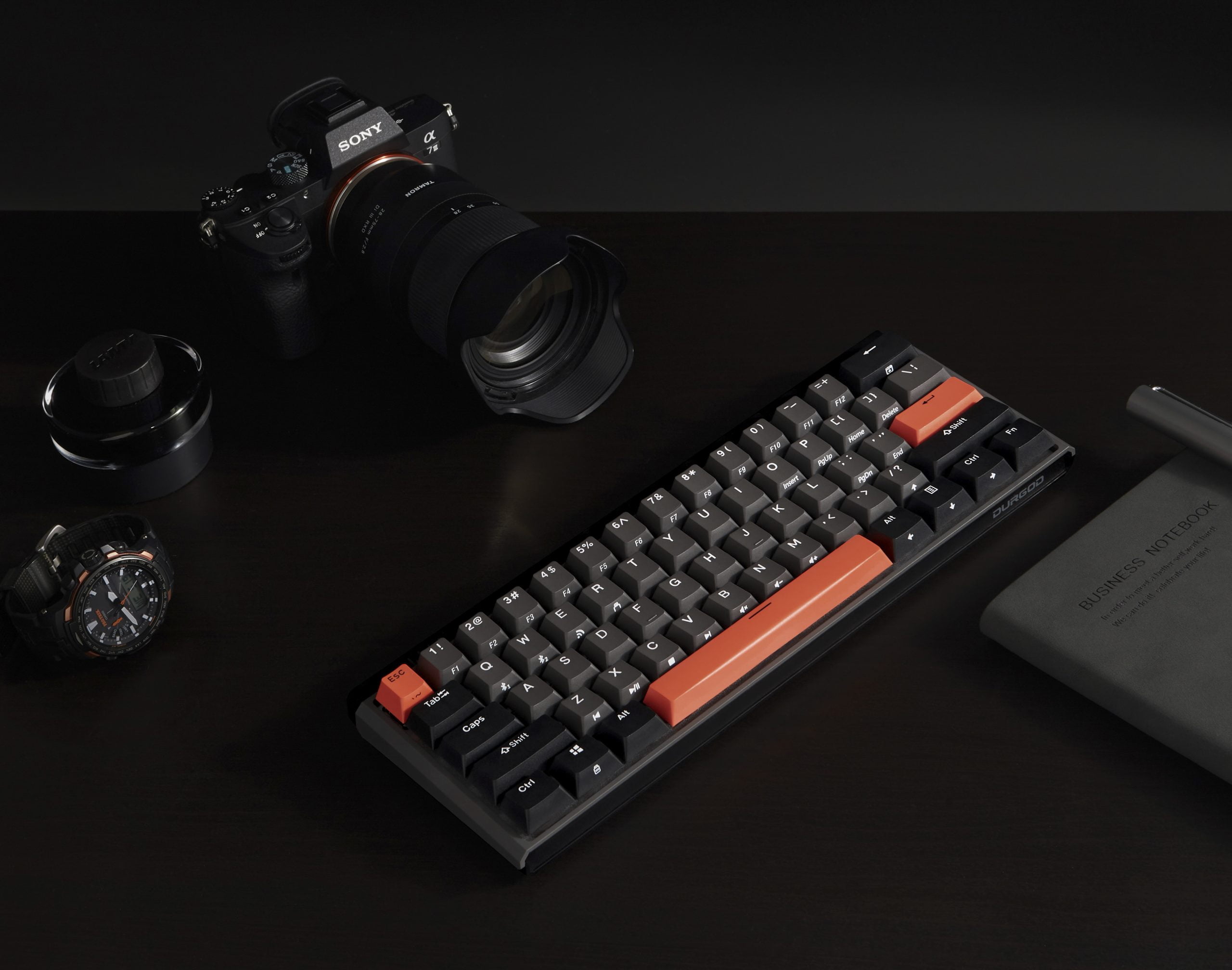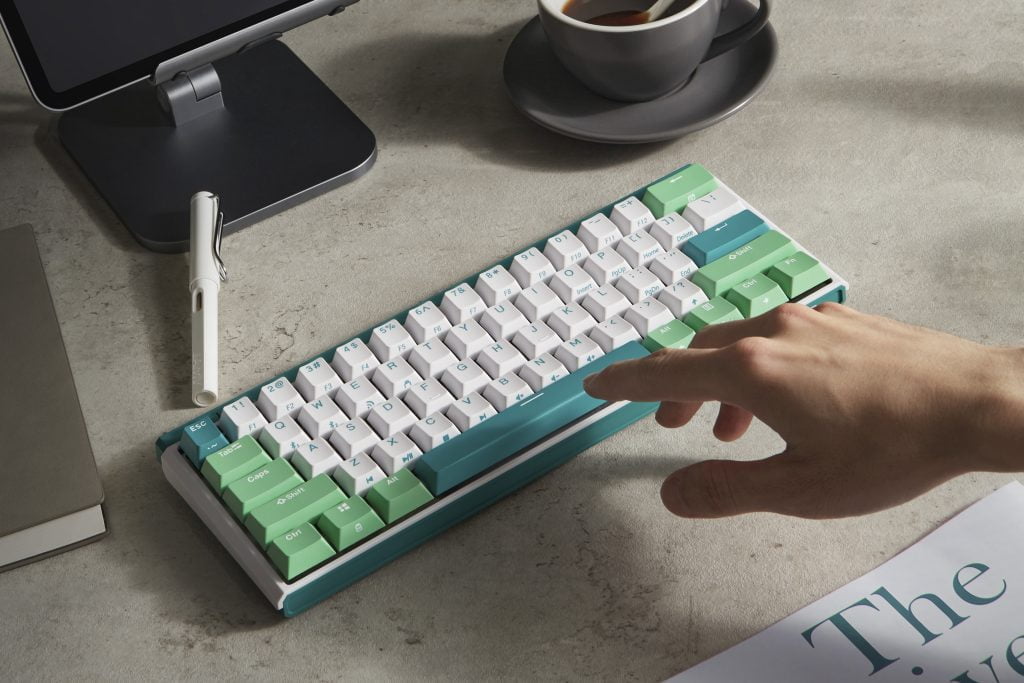Pellegrino Turri (1765-1828) is celebrated for his groundbreaking work in developing an early typewriter in the 19th century. Although not as renowned as subsequent inventors, his contributions were vital to the advancement of typing technology.
Background and Motivation
- Time Period: Turri lived during the early 1800s, before the modern typewriter’s existence.
- Inspiration: Motivated by a desire to assist his blind friend, Countess Carolina Fantoni da Fivizzano, Turri aimed to create a device that could facilitate legible writing for her.
The Invention
- Design: Turri’s typewriter was among the initial practical devices for mechanically imprinting letters onto paper. It operated through a set of keys to transfer ink, paralleling later typewriters.
- Functionality: This innovation allowed for pressing keys corresponding to letters and symbols, marking a departure from hand-written texts.
- Impact on Countess Carolina: The typewriter proved instrumental for the Countess, enabling her to write letters autonomously.

Legacy and Recognition
- Historical Importance: While not the inaugural typing device, Turri’s typewriter stands out as a pioneering example of a functional typewriter designed for practical application.
- Lack of Detailed Records: Regrettably, exhaustive records and examples of Turri’s typewriter are rare, with much knowledge derived from contemporaneous documents.
- Influence on Future Designs: Turri’s invention laid critical groundwork for subsequent typewriter and word processing technology, influencing later 19th-century advancements.
Conclusion
Pellegrino Turri’s typewriter marked a pioneering chapter in mechanical writing devices. Despite its limited commercial success, its significance in aiding a visually impaired individual and influencing future designs secures its legacy in technological innovation.
Additional Historical Context
Turri’s typing machine, developed circa 1808, represents a significant but not the inaugural invention in typing machine history. This narrative encompasses various contributors:
- Earlier Developments: Prior to Turri, efforts to invent typing machines were made, such as Henry Mill’s 1714 patent for a letter-impressing machine, though it was likely never constructed.
- Contemporaneous Developments: Concurrent with Turri, inventors like Xavier Progin were also exploring similar technologies.
- Turri’s Contribution: His device, utilized regularly by Countess Carolina, included a keyboard and carbon paper, marking crucial advancements.
- Further Developments: Typewriter innovation continued with significant contributions from inventors such as William Austin Burt and Christopher Latham Sholes, whose Sholes and Glidden typewriters achieved commercial success.
In essence, while Turri’s invention was a landmark in typewriter history, it wasn’t the first. Its real value lies in its practical use and its role in aiding the visually impaired, establishing a noteworthy milestone in the typewriter’s evolution.
For more knowledge of mechanical keyboards, visit DURGOD.















